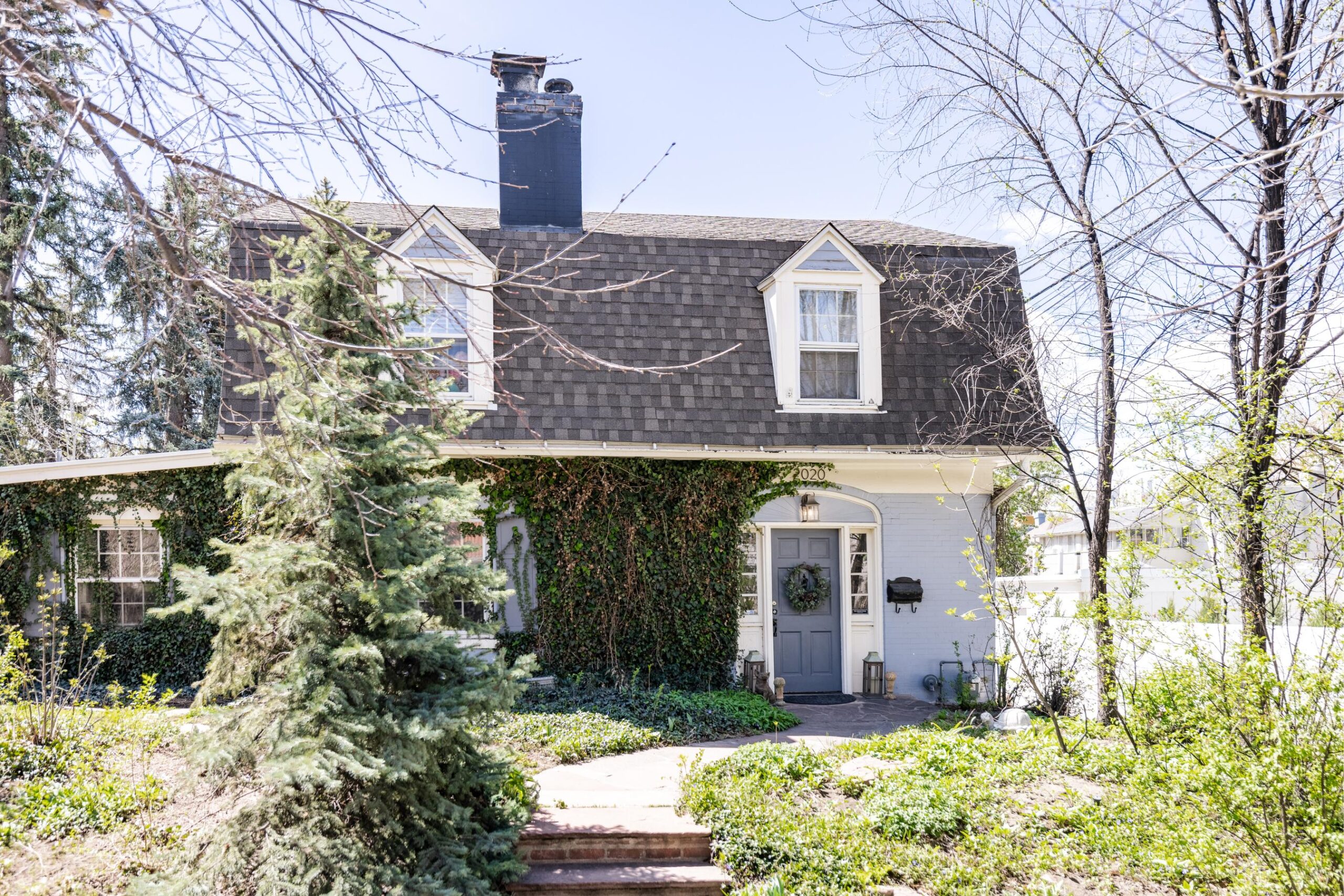Navigating the Challenges of Renovating a Landmark House in Denver

Owning a landmark house in Denver is a unique privilege that comes with its own set of challenges and responsibilities. These historic homes, with their rich architectural heritage and distinctive character, are protected by Landmark Preservation to ensure their integrity is maintained for future generations. As a homeowner, understanding and navigating these guidelines is crucial to preserving the historic charm of your property.
Landmark Preservation Approval
One of the most significant challenges you may face as a landmark homeowner is the need for Landmark Preservation approval for any remodeling projects that include exterior modifications. Whether you’re planning a simple fence replacement or a major renovation, every aspect of your exterior project must be reviewed and approved to ensure it aligns with the historical context of your neighborhood. This process can be daunting, but with our extensive historic house remodel experience, we can help guide you through it seamlessly.
Visibility from the Street
Visibility from the street plays a crucial role in the approval process for any modifications to a landmark home. It is much easier to get approval for remodeling projects happening at the back of the house rather than at the front. For all new scopes of work, such as venting, radon pipes, window replacement, new structures, and additions, it’s highly encouraged to choose areas of the property that are not highly visible from the street. This approach helps maintain the historical façade and character of the home as viewed from public spaces, aligning with Landmark Preservation Guidelines.
The Challenge of Window Replacement
Window replacement is often one of the most challenging aspects of renovating a landmark home, especially for the front façade. The current Landmark Preservation Guidelines discourage window replacement unless absolutely necessary and are strict about the types of materials and designs that can be used. For instance, vinyl windows are not permitted; instead, high-quality, durable materials that are historically appropriate must be used. However, there is some good news on the horizon. As of 2024, the City is working on updating these guidelines, which may offer more flexibility while still preserving the historical integrity of these beautiful homes.
High-Quality Materials Only
In addition to windows, other exterior elements such as siding must also meet specific standards. Vinyl siding, for example, is not allowed. Instead, materials that reflect the original construction and are durable enough to withstand the test of time are required. This ensures that any updates or renovations are not only historically accurate but also built to last.
Staying Within Historical Context
Any proposed design changes must fit within the context of the particular historic neighborhood. This means that any new additions or alterations need to blend seamlessly with the existing architectural style and period features of the area. Adhering to these guidelines not only preserves the charm and character of your home but also contributes to the overall aesthetic cohesion of your historic neighborhood.
Partnering with Experts
Navigating these challenges can be complex, but you don’t have to do it alone. At B&B, we have a wealth of experience working with landmark properties and can provide expert guidance every step of the way. From initial design concepts to obtaining necessary approvals, we ensure that your project is both compliant and beautifully executed.
For more detailed information, refer to the Landmark Preservation Design Guidelines and feel free to contact us for any assistance with your landmark home. Owning a landmark house in Denver is both a rewarding and demanding experience. With careful planning and the right support, you can enhance your historic home while preserving its timeless beauty.
If you’re interested in speaking with a B&B representative about your project, contact us here.
